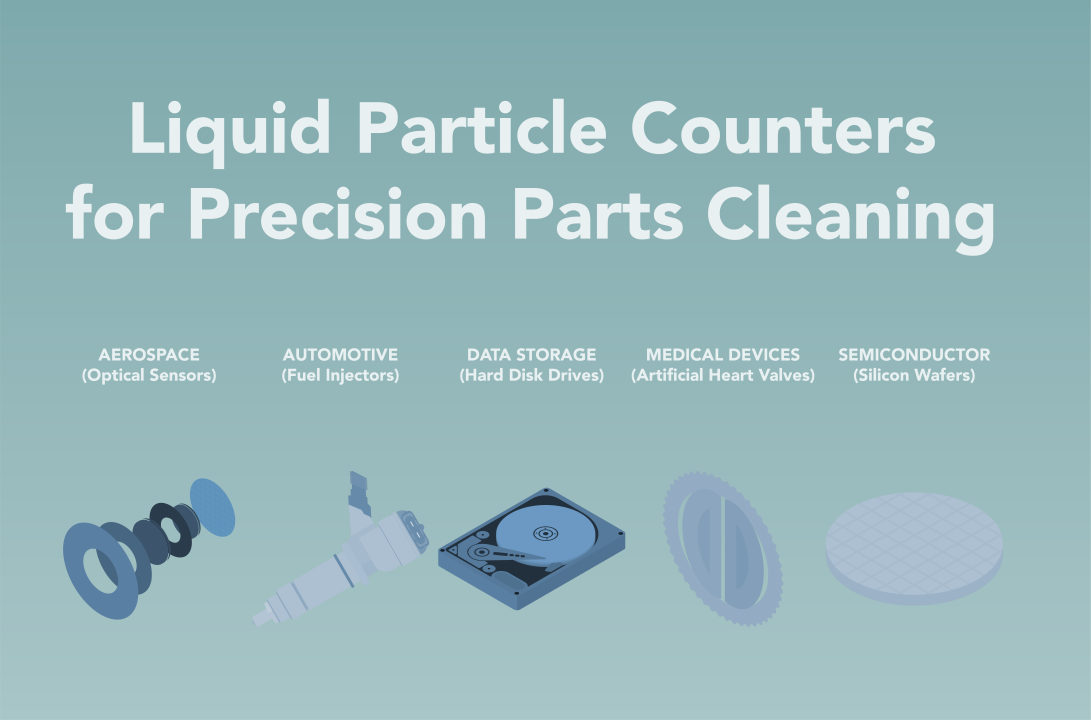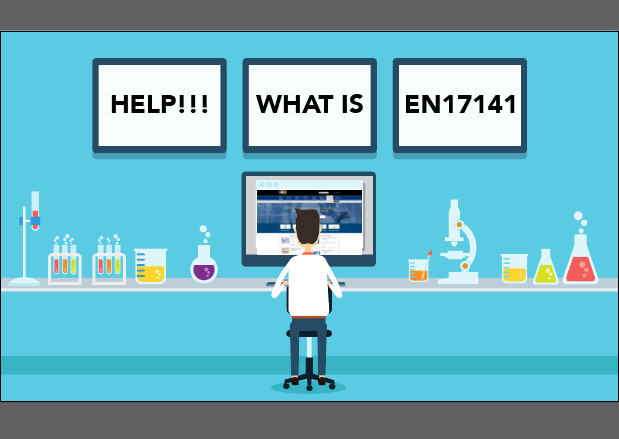A cleanroom classification basically tells you how clean a cleanroom is. While we typically consider cleanrooms to use HEPA filters and multiple layers of protection, cleanrooms can really be any room where precautions are taken to ensure that the product stays clean from contaminants.
But if that’s the case, then what makes one cleanroom stand above the other? That’s where cleanroom classifications come into play.
Who Sets Cleanroom Classifications?
Cleanroom classifications are set by the International Organization for Standardization (ISO). They are an independent, non-governmental agency dedicated to providing world standards in a variety of industries. ISO offers international standards, but there is an additional standard for companies wanting a USA certification.
The Federal Standard 209 (FS 209) is an American classification that was established in 1963 by the Institute of Environmental Sciences and Technology (IEST). Similar to ISO, there are a number of classifications available through the IEST – ranging from FS209A through FS209E. The most recent update was FS209E establishing the maximum number of particles present if a room is to be officially classified as a cleanroom.
Whether you choose to go with the FS 209 classifications or the ISO classification, FS 209 E and ISO 14644-1 reflect the same measurements to classify a cleanroom at certain levels. While being classified with either is a good idea (and, often, required), we typically side with ISO as the international aspect allows for more flexibility.
What Are Cleanroom Classifications?
Since we typically use the ISO standard, today we’ll be talking about how these classifications work.
There are 9 ISO classifications of cleanrooms:
- ISO 1
- ISO 2
- ISO 3 (FS 209 E class 1 equivalent)
- ISO 4 (FS 209 E class 10 equivalent)
- ISO 5 (FS 209 E class 100 equivalent)
- ISO 6 (FS 209 E class 1,000 equivalent)
- ISO 7 (FS 209 E class 10,000 equivalent)
- ISO 8 (FS 209 E class 100,000 equivalent)
- ISO 9 (room air)

If you want to be the cleanest cleanroom, you’ll need an ISO 1 classification. To attain this classification, you’ll need to prove a known sample that has 10 or fewer particles measuring 0.1 microns and only 2 or fewer particles at 0.2 microns.
From there, the scale allows for more and larger particles. ISO 9 is considered normal room air. These rooms have a known sampling with 35,200,000 or fewer particles measuring 0.5 microns, 8,320,000 or fewer particles measuring 1 micron, and 293,000 or fewer particles measuring 5 microns.
Basically, there are a lot of particles and they can be pretty big!
Your classification really depends on what you’re producing and how sterile the environment needs to be. But once you determine what classification is required for your industry and production, there are steps you can take to certify your cleanroom and conduct regular maintenance.
How Can You Certify Your Cleanroom Classification?
If you’re ready to get your cleanroom classification, there are a few steps you can follow.
1. Determine your cleanroom size and the number of areas that need to have their particles measured.
Depending on the size of your cleanroom and entry and exit locations, you will need to measure your cleanroom’s particle size and count in different areas. Your particle counter can help with this determination.
2. Determine what level of cleanliness you need for your desired classification.
This will help you figure out what size and concentration of particles you need to achieve to secure your classification. Make sure your particle counter can correctly and accurately measure particles in the size and concentration you need.
3. Measure the required areas.
When going through your annual or semi-annual testing to verify your cleanroom classification, we recommend conducting 4 tests. While the Non-Viable Particle Counting is the one that will determine how clean your cleanroom is, all 4 tests give you valuable information for your classification and general cleanroom maintenance. The tests are:
- Airflow Volume/Velocity Readings: This test makes sure the airflow is in the correct amount and direction.
- HEPA Filter Integrity Testing: While not required by ISO standards, this test is often required by other organizations such as the FDA. This test makes sure there are no leaks in your HEPA filter.
- Non-Viable Particle Counting: In this process, this is the most important test, as it tells you how many particles are in a certain area as well as what size they are. This is the test that will determine your classifications.
- Room Pressurization Testing: This test verifies the desired room pressure is correct.
4. Take the averages.
Average the number and size of particles in each location. Then take your location averages and find their average, so you have the overall average size and number of particles for the cleanroom.
5. Find your cleanroom classification!
Use a particle counter that will automatically find the Upper Confidence Limit to determine where your statistically significant particle size and number. Then determine which ISO classification you fall under
Let Us Help You Keep Your Cleanroom Clean!
What industry are you in? How clean does your cleanroom need to be? What’s your ideal cleanroom classification?
Whatever your ideal is, we know we can get you there.


















